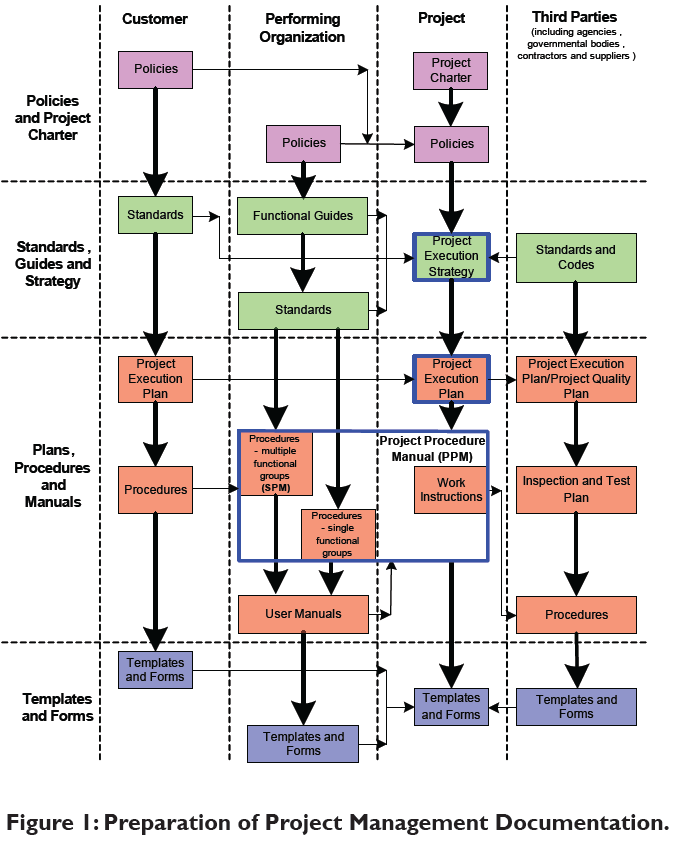Understanding Organization: Improve Efficiency with Construction Document Management
Understanding Organization: Improve Efficiency with Construction Document Management
Blog Article
Optimizing Project Partnership: Engineer's Ideal Practices in Construction File Monitoring
In the detailed world of architectural jobs, the effective monitoring of building and construction records stands as a cornerstone for success. In the middle of this complexity lies a critical concern: how can architects enhance collaboration processes to improve project end results?
Leveraging Cloud-Based Systems
Leveraging cloud-based systems is a basic technique for modern-day architects in optimizing building paper management processes. By transitioning from typical paper-based systems to shadow options, engineers can improve collaboration, enhance paper accessibility, and boost overall project effectiveness. Cloud-based systems supply architects the capacity to shop, share, and upgrade construction documents in real-time, ensuring that all group participants have access to the most current info no matter their place. This access promotes seamless interaction and sychronisation amongst job stakeholders, causing less mistakes and hold-ups in the building process.
Furthermore, cloud-based systems provide a secure atmosphere for storing delicate job info, supplying encryption, normal backups, and individual approval setups to secure data integrity. Designers can also take advantage of the scalability of cloud services, enabling them to readjust storage capability and functionality based on project needs. In general, leveraging cloud-based platforms encourages engineers to maximize their building document monitoring procedures, driving better collaboration, efficiency, and success in their tasks.
Carrying Out Variation Control Systems
Having actually developed the benefits of cloud-based platforms in building and construction file administration, designers can currently enhance their document control processes by applying Version Control Solution. Version Control Equipment (VCS) are necessary devices that track modifications in papers, guaranteeing that employee are constantly collaborating with the most recent and most precise details. By implementing VCS, engineers can maintain a centralized database where all project documents are stored, making it possible for smooth cooperation while minimizing the risk of mistakes and version problems.
One trick benefit of Version Control Solution is the capability to track the complete background of paper adjustments, permitting customers to revert to previous versions if needed (construction document management). This function is especially beneficial in building jobs where style iterations and adjustments are common. VCS promotes much better interaction among team participants by supplying a clear audit path of who made particular changes and when they were made. This transparency not just enhances liability but also aids in solving disputes or disparities that may develop throughout the project lifecycle.
Establishing Interaction Procedures
To ensure efficient and reliable task coordination, engineers must develop clear and robust communication protocols within their construction document monitoring processes. This system might be a project administration software program, email threads, or cloud-based storage space solutions.
Furthermore, communication methods ought to likewise consist of standards on exactly how to manage problems, check this change orders, and immediate issues that might develop during the project lifecycle. Developing an organized approach to communication makes sure that all stakeholders get on the same page, advertises transparency, and inevitably adds to the effective conclusion of the construction job.
Utilizing BIM Software Application for Coordination
BIM software program plays an essential role in enhancing control among task staff member in the construction market. Structure Info Modeling (BIM) promotes cooperation by offering a centralized platform where architects, designers, service providers, and other stakeholders can interact in a worked with fashion. Through BIM software, job participants can access and upgrade a common version that contains thorough details about the building design, building elements, and job timetables.

Additionally, BIM software application enables real-time collaboration and communication amongst group participants, despite their physical place. Via cloud-based BIM platforms, project stakeholders can access the most recent task info, track adjustments, and make educated decisions promptly. Overall, leveraging BIM software for coordination improves project effectiveness, efficiency, and eventually brings about effective job results.
Ensuring Information Protection and Conformity
In the realm of building and construction file administration, securing information integrity and ensuring governing compliance are vital factors to consider for architects and other project stakeholders. Designers should carry out robust security steps to secure delicate job information from unauthorized accessibility or violations. Making use of safe and secure cloud storage services with encryption methods and gain access to controls can help alleviate dangers connected with information theft or loss. Frequently upgrading software application and systems, performing protection audits, and providing personnel training on information protection best practices are crucial steps in preserving a safe setting for building and Going Here construction paper monitoring.

Final Thought
Finally, architects can optimize project partnership in construction file monitoring by leveraging cloud-based systems, executing version control systems, developing interaction protocols, utilizing BIM software program for control, and guaranteeing data safety and security and conformity. These finest methods help simplify the construction process, boost communication among job stakeholders, and improve effectiveness in project shipment. By adhering to these standards, designers can successfully handle construction papers and help with successful task end results.
Through BIM software application, task participants can access and update a shared design that consists of comprehensive information about the structure design, building and construction components, and project schedules.
With cloud-based BIM platforms, task stakeholders can access the latest job information, track changes, and make notified decisions quickly - construction document management. In general, leveraging BIM software program for control boosts job efficiency, performance, and inevitably leads to successful job results
In verdict, designers can maximize job collaboration in construction document management by leveraging cloud-based systems, applying version control systems, establishing communication protocols, using BIM software application for coordination, and ensuring information safety and compliance. These ideal methods help enhance the construction process, improve interaction among task stakeholders, and improve efficiency in project distribution.
Report this page